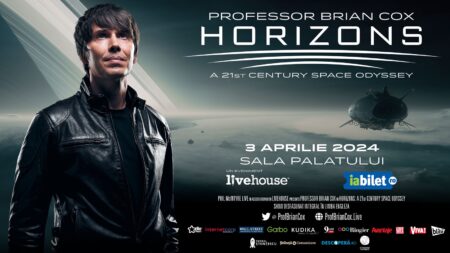There is a rule, both in writing articles for scientific journals and in writing articles for the general public, where researchers and communicators agree: start with the summary of the information, for the hurried reader.
From here, the paths of the two - the science article and the article about science - diverge. In writing for the general public - we'll call it 'journalism' from now on, even though it can also be practised by communicators and researchers - the abstract is not half a page but a sentence, sometimes two.
Especially in the case of news, the first sentences contain the essential information, answering the questions Who? What? Where? When? How? Why? With what impact? It is only after this summary information that the reader decides whether or not to read on.
The main differences between scientific and journalistic articles are:
Reader
The most important difference between scientific and journalistic articles is imposed by the type of reader. In the case of scientific publications, the audience is made up of experts in the field, with an unlimited and cursory attention span. The structure of scientific articles can flow logically, from an overview of the field to methods, results and interpretation.
The general public is bombarded with information from all sides. Advertisements, street signs, voices on TV, posters every few steps, classic and electronic mail, YouTube kitten videos - all compete for the attention of a public with limited attention span.
Messages need to be delivered louder, simpler and more directly to be picked up by the hullabaloo of all the other voices. This is why the journalistic article starts with what is most important, most scholarly, most fascinating - the beginning serves as a hook to hook the reader.
Topic of the day
In a scientific publication, new findings in the field of nuclear radiation effects are just as exciting a day after a nuclear power plant disaster as they are three years after it.
Public attention, and therefore the stories that appear in the press, work differently. There are topics that strike a stronger chord in people's hearts: health, economic development, fascination, fear. Information about what people are most concerned about at the time is what will be reported in the press.
Even scientific information is all the more relevant when it relates to the societal discussion agenda of the moment, and PR specialists are extremely adept at making the connection between hot topics and the information that needs to be conveyed.
For example, conferences are rarely picked up in the press as such ("Yesterday took place... , at Venue X... with guest speakers such as...) A specialist in tailoring the message to the topic of the day will use the most relevant presentation/speech to the audience's interest at the time and then go on to develop the broader topic of the event.
Emotions
The science fiction article has a structure, style and standard that provides the list of excitement. Not even fascination or wonder are prerequisites in a scholarly publication.
The attitude of science communication is exactly the opposite - passion, showmanship, intellectual curiosity, approaching answers to existential questions take precedence. Emotionless messages do not penetrate anyone's soul.
Narrative art
The structure of a scientific article is very clear. The structure of journalistic writing depends more on what element works best in an article, how ideas are linked together, what interesting stories can be told along the way.
Difficulty of understanding
The language of science is mathematics and, in the happiest case, professional jargon. The public understands neither. However familiar certain concepts may be to the scientist, and however "general knowledge" he or she may consider them, they must be translated into everyday terms and experiences that relate to the everyday life of the audience. To talk about stars, one can start with the idea that the atoms from which our bodies are made have not always existed, but have been 'made' in stars.
Read more in: Communicating Science "A Scientist's Survival Kit"
Photo by Dawid Zawiła on Unsplash





